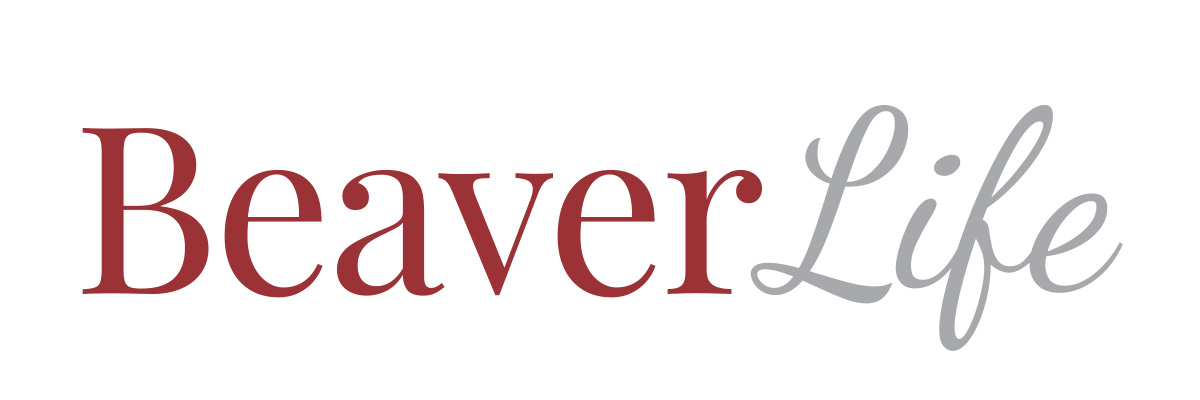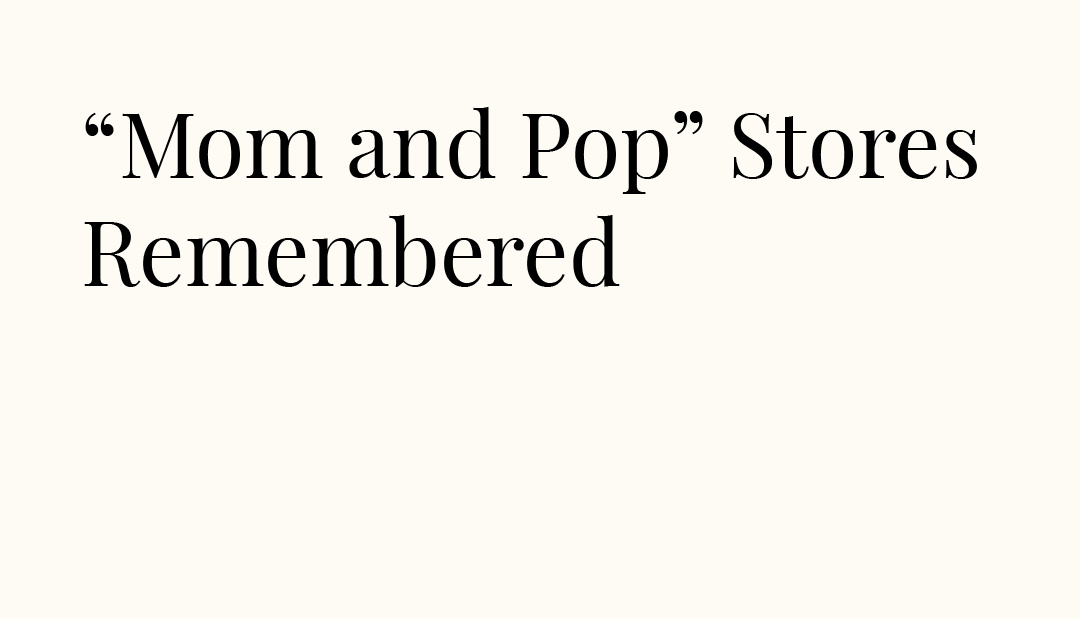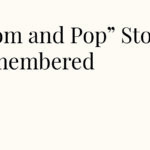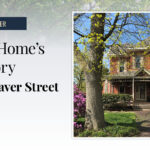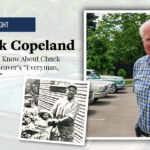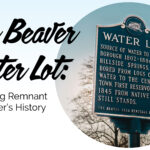Written by ELEANOR COURTNEY, Marco Island, Florida
During the 1930s and 1940s small businesses owned by families were called “Mom and Pop” stores. Beaver had its share. At 1105 Third Street Sam Luci had a typical neighborhood grocery store. He owned the building and his family lived in an apartment above the store. Mom and Pop Luci and children Carmeline and Vincent lived there. Sam’s grandson Fred DiPetro still manages a produce and flower store in the original building, a perfect example of a Mom and Pop store with both Mom and Pop Luci working in the store.
In the very next block was a similar store run by the Ezzo family. In the 900 block was Churm’s. Among other products the owner featured penny candy which attracted young customers from other parts of town. Mom and Pop Churm with son George lived above the store. In the business district Beaver Trust preceded the present Huntington Bank. Near the bank was the Beaver Cash Market, managed by the Farkus brothers. I think it was in the late 1940s that the brothers moved across the street and started the Beaver Super Market. At 659 Third Street businesses came and went. There were Koelbel’s Women’s. Scherrbaum’s Mens and then followed by the Shirley Shoppe which moved from beside Fischer Hardware to its present location. Hugh and Hilda were popular merchants on Third Street. Shirley of the Shirley Shoppe was mother of the present owner Arlene, the third generation of one family on Third Street. The Shirley Shoppe first opened in 1938. Family businesses in this area were Koelbel’s, managed by owners Tom and Bea, and Scherrbaum’s Menswear, also family owned. In this block was Balza’s, the only family I do not recall.
Closely related to the individual family stores was Bovard-Anderson, owned and managed by Ed McLaughlin. It may be the oldest one-family business in Beaver history. Ed is the fourth generation of his family to be in the same building on Third Street. Established in 1904 in a charming Victorian style building built in 1890, Bovard-Anderson has been in the same location for 120 years.
In the 700 block was Mary’s Fruit Market, owned by Mary LoCascio. Typical of early Mom and Pop stores, Mary, her three daughters and a grandma lived above the free-standing store. Next to Mary was the furniture store owned by the J. T. Anderson family who also owned the funeral home on College Avenue. Stauffer’s Meat Market was owned and managed by two Stauffer brothers. Funk’s Dairy was also a family owned business in that neighborhood.
On the other side of Third Street were small family owned businesses including Renkenberger’s, which sold automobile parts. In the 600 block and next to the movie theater was Paul Schlosser’s Barber Shop where in the early 1930s I got my little Dutch boy haircut, my mother instructing Paul to “leave the tip of her ear showing.”
Across College Avenue from the 5 and 10 store was an A. and P. store. Nearby was Isaly’s, managed by Paul Jones and his mother. With his mother in the store Paul had time to serve the young athletes in town offering free ice cream cones to special winners of games played in Beaver.
Rowse’s Drug Store was in this block, owned by “Old Man Rowse,” so identified to describe him as the store was managed by his sons and a daughter. In the building next to Rowse’s was the initial location of the Bob Garvin Agency. On the other side of the drug store Mrs. Dowdell managed a flower shop.
Off the main street were other small businesses such as the Snitger grocery store in the 500 block of Market Street. This was a free-standing building in the neighborhood in which my mother Geneva Oppelt Stout and Bill Snitger were neighbors. I vividly recall that Bill called our home almost daily to see if we needed anything. By our telephone was our grocery list where any member of the family could tell Bill what we needed that day, our order promptly delivered by a truck bought from Bob Stout’s Garage.
With the exception of the Balza family, which I only vaguely remember, I personally knew all the families I recorded and they all knew me by name. Thus was life in Beaver in the 1930s and 1940s.
